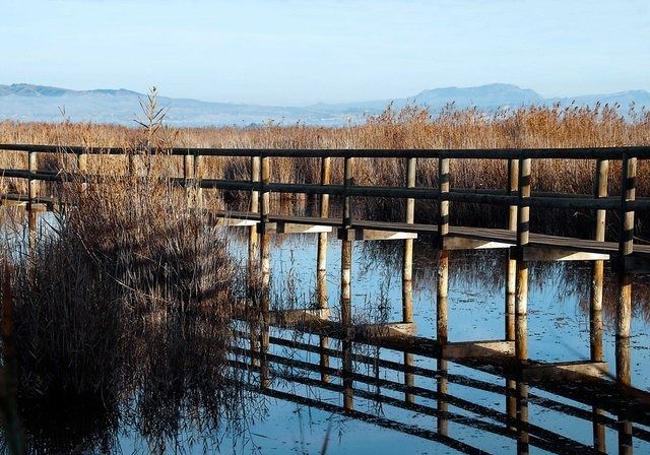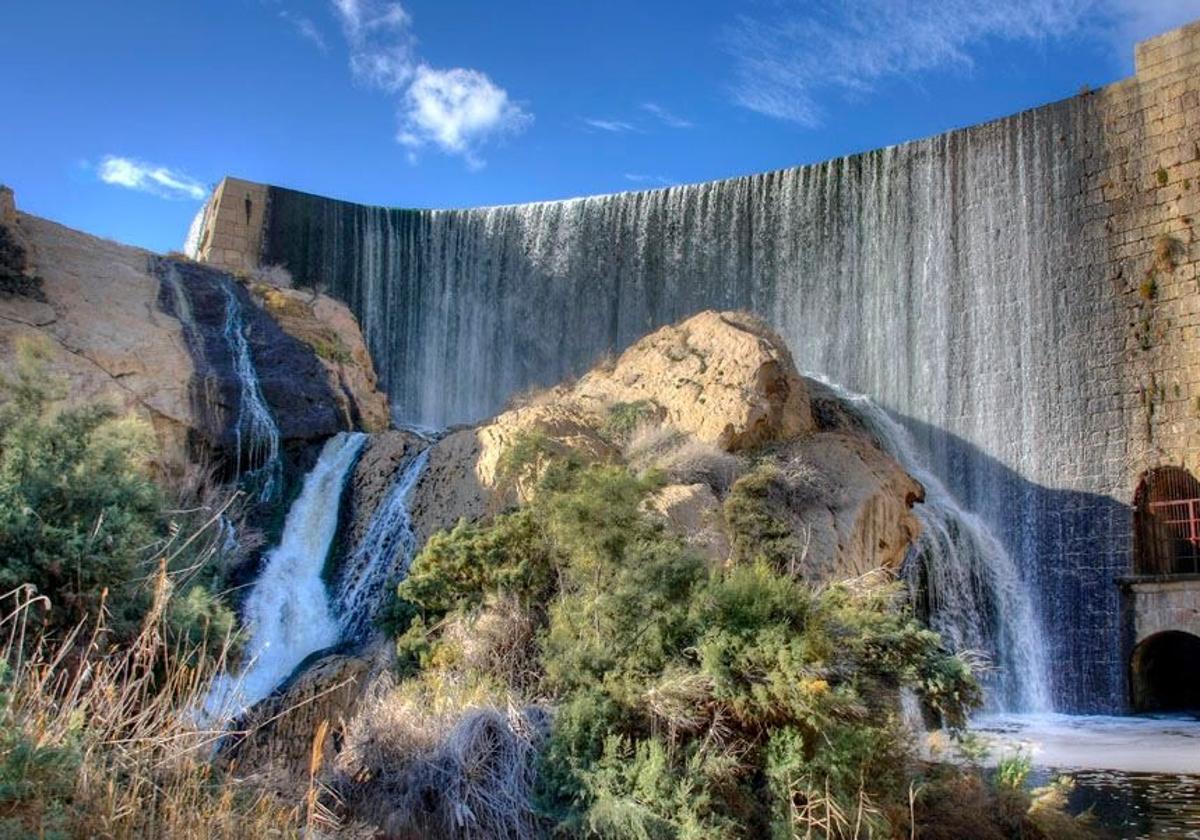An escape for lovers of the natural world
Located in Alicante, Elche boasts one of the largest palm groves in the world and other sites of important ecological value
Tony Bryant
Elche
Friday, 27 June 2025, 11:20
Now that July is almost upon us and the temperatures are hitting all-time highs in Spain, many people are thinking about their summer breaks, although not everyone is looking for the typical sun and beach type holidays. For those who appreciate the beauty and benefits of the natural world, Spain has numerous options. Those who enjoy a venture into mountainous areas or a hike through dense forests and natural parks should head to Elche, a city located near the Mediterranean coast in the province of Alicante that is the centre of Spain’s footwear industry.
Located on a plain bordered by the Madera, Negra, Tabaiá and Losa mountain ranges (the last foothills of the Baetic mountain ranges), Elche is crossed by the Vinalopó river.
It has an almost desert climate with mild, dry winters, and hot, dry summers, when temperatures regularly rise to more than 40 degrees.
Here one can enjoy places with important ecological value, such as the Salinas natural park and the Santa Pola salt flats; and the Clot de Galvany, a protected natural area of much environmental value that contains flora and fauna of great importance.
The capital of Bajo Vinalopó, Elche is 20 kilometres southwest of the city of Alicante. Its 12-kilometre coastline is typical of the Mediterranean landscape, consisting of dunes, especially in the northern area, and pine forests. In the southern part of the municipality, the El Pinet, La Marina and Les Pesqueres beaches are surrounded by pine forests and offer golden sands, clear waters and a variety of amenities, which have earned the last two the Blue Flag status.

One of its main attractions is the urban pine grove (Palmeral de Elche), a system of date palm orchards planted by the Moors and which covers a large part of the city and its countryside. The Romans had introduced an elaborate irrigation system that benefited later Islamic rulers, who planted palm groves and constructed extravagant garden estates.
The area was designated World Heritage Status by Unesco in 2000, and today it is a popular destination for lovers of the natural world. The palm museum offers visitors the chance to learn about the history of one of the largest palm groves in the world; while the El Palmeral route will reveal an unspoiled landscape overflowing with spectacular flora and fauna.
Within the palm grove, one can visit the Altamira castle, built by the Almohads between the 12th and 13th centuries. The fortress, also known as the Alcázar de la Señoría, has been renovated and today houses the archaeological and history museum.
Botanical and subtropical gardens
Other interesting sites within the palm grove include the Huerto del Cura (the priest’s garden), a botanical garden of more than 13,000 square metres densely populated with date palms, citrus and fig trees, although the undisputed star of the garden is the specimen of the imperial palm, a unique tree that owes its name to Empress Elizabeth of Bavaria.
There is also a subtropical garden boasting a large collection of succulents planted in the rockery, which is surrounded by ponds that provide a refreshing relief during the height of summer.
Those wishing to further explore the natural surroundings of Elche will enjoy El Parque Natural de El Hondo, protected wetlands made up of multiple lagoons fed by the waters of the Vinalopó and Segura rivers. A wide variety of animal species are found in the lagoons, including otters, which have recently reappeared here, but the park stands out for its birdlife. This includes the purple heron and the night heron, which arrive during the breeding season, and several species of birds of prey, such as the osprey and the greater spotted eagle, among others.
Ecotourism and hiking
Another spectacular site worth visiting is the Elche reservoir and its arch-shaped gravity dam, which was built on the Vinalopó river between the Elche mountains and the Castellar hill in the 17th century. Recognised as a site of cultural interest, the area boasts a special tourist route that is considered one of Elche’s most interesting routes related to ecotourism, hiking, cycling and running.
Those visiting Elche in August have the opportunity to enjoy two of the city’s most traditional events: The Moros y Cristianos Festival, which, along with medieval activities, street performers and markets, present mock battles which took place between Christians and Muslims during the reconquest of Spain.
The other is the Nit de la Roà, which takes place on the night and early hours of 14 and 15 August, when a traditional procession in honour of the Virgin of the Assumption, the city’s patron, takes place. The celebrations include numerous verbenas (small fairs), where thousands of locals and visitors flock to enjoy traditional cuisine and musical performances. One of the highlights of this festival is the ‘Mystery of Elx’ (Misteri d’Elx), a medieval lyrical drama which dates from the 15th century that was declared a Masterpiece of the Oral and Intangible Heritage of Humanity by Unesco in 2002.
The 450-kilometre journey from Malaga to Elche by car takes around five hours, although there are several bus and train options. There is also a flight option from Malaga airport to Alicante airport, which is a 20-minute drive from Elche.


Comentar es una ventaja exclusiva para registrados
¿Ya eres registrado?
Inicia sesiónNecesitas ser suscriptor para poder votar.